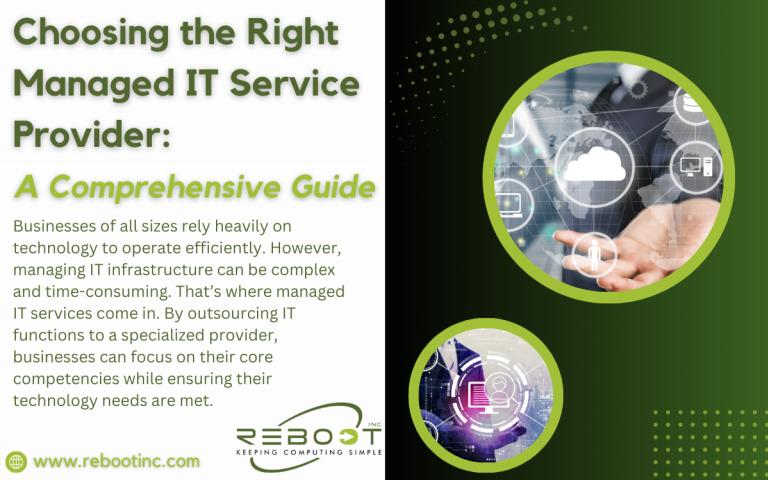Creating a robust content ecosystem is essential for brands aiming to thrive in today’s digital landscape. A well-structured content ecosystem not only enhances brand visibility but also fosters engagement and drives conversions. This blog explores how leveraging technology, particularly through a comprehensive martech strategy, can optimize your brand’s content ecosystem, ensuring it remains relevant and effective in the face of emerging technologies.
Understanding the Content Ecosystem
A content ecosystem refers to the interconnected network of content assets and channels that a brand utilizes to engage its audience. This system encompasses everything from content creation and distribution to measurement and optimization. In essence, it is a strategic framework designed to deliver consistent and valuable content across various platforms, catering to the needs of the target audience.
The Importance of a Content Ecosystem
In the digital age, content is not merely a marketing tool; it is a vital asset that fuels brand growth. According to recent studies, 82% of marketers invest in content marketing, highlighting its significance in driving customer engagement and brand loyalty. A well-designed content ecosystem enables brands to create a seamless customer experience, guiding potential buyers through their purchasing journey with relevant and timely content.
Building a Comprehensive Content Ecosystem
To establish a successful content ecosystem, brands should focus on several key components:
1. Define Your Goals
The first step in creating a content ecosystem is to define clear objectives. What do you want to achieve with your content? Whether it’s increasing brand awareness, generating leads, or establishing thought leadership, having specific goals will guide your content strategy.
2. Conduct Audience Research
Understanding your audience is crucial. Conduct thorough research to identify their preferences, pain points, and behaviors. This information will help you create content that resonates with them and meets their needs.
3. Develop a Content Strategy
A robust content strategy is the backbone of your content ecosystem. It should outline the types of content to be created, the platforms for distribution, and the metrics for measuring success. Incorporating a martech strategy into this framework can streamline processes and enhance efficiency.
4. Leverage Emerging Technologies
Emerging technologies, such as artificial intelligence and machine learning, can significantly enhance your content ecosystem. These technologies can automate content creation, optimize distribution, and provide insights through data analytics. For instance, AI tools can analyze audience behavior and suggest content topics that are likely to engage your target market.
5. Create High-Quality Content
Content quality is paramount. Invest in creating valuable, informative, and engaging content that addresses your audience's needs. This includes a mix of formats such as blogs, videos, infographics, and podcasts to cater to different consumption preferences.
6. Optimize for Distribution
Once your content is created, it’s essential to distribute it effectively. Utilize various channels, including social media, email marketing, and SEO, to reach your audience where they are most active. A well-planned distribution strategy ensures that your content gets the visibility it deserves.
7. Measure and Optimize
Finally, continuously measure the performance of your content. Use analytics tools to track engagement, conversion rates, and other key performance indicators (KPIs). This data will inform your future content strategies and help you make data-driven decisions to optimize your content ecosystem.
The Role of Martech Strategy
Incorporating a martech strategy into your content ecosystem can enhance its effectiveness. Marketing technology tools can help automate repetitive tasks, streamline workflows, and provide valuable insights into audience behavior. By leveraging these technologies, brands can focus on creating high-quality content while ensuring efficient distribution and measurement.
Benefits of a Well-Designed Content Ecosystem
A well-structured content ecosystem offers numerous benefits:
- Increased Brand Awareness: Consistent and relevant content helps establish your brand as a trusted authority in your industry.
- Enhanced Customer Engagement: By delivering valuable content that addresses customer needs, brands can foster deeper connections with their audience.
- Improved Conversion Rates: A strategic content ecosystem guides potential customers through the purchasing journey, increasing the likelihood of conversions.
- Data-Driven Insights: Continuous measurement and optimization allow brands to refine their strategies based on real-time data, ensuring they remain agile in a rapidly changing market.
Conclusion
In conclusion, leveraging technology to optimize your brand’s content ecosystem is not just a trend; it is a necessity in today’s digital landscape. By developing a comprehensive content strategy, incorporating a martech strategy, and embracing emerging technologies, brands can create a dynamic and effective content ecosystem. This approach will not only enhance brand visibility but also drive engagement and conversions, ultimately leading to sustained business growth. As the digital world continues to evolve, staying ahead of the curve with a robust content ecosystem will be key to long-term success.


















